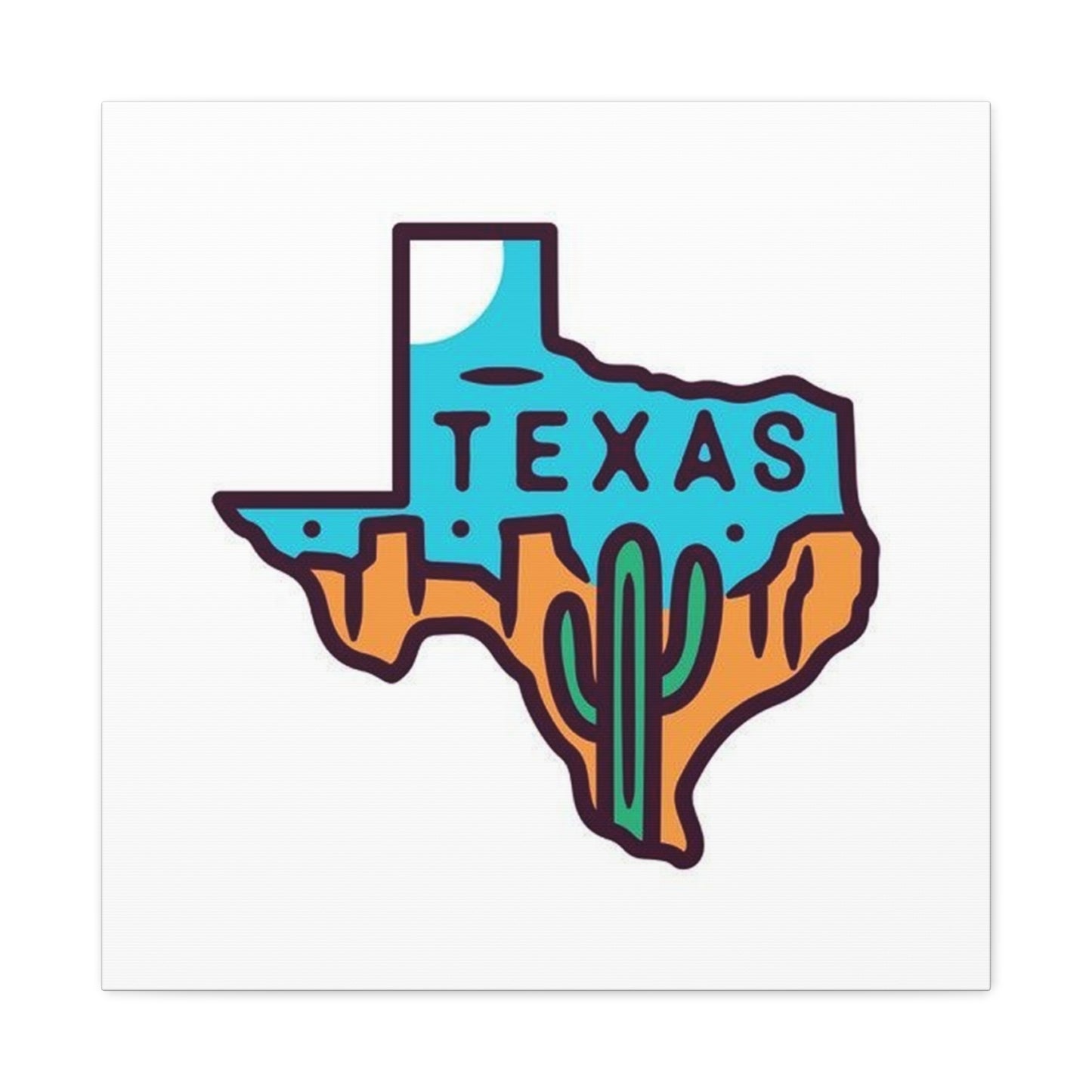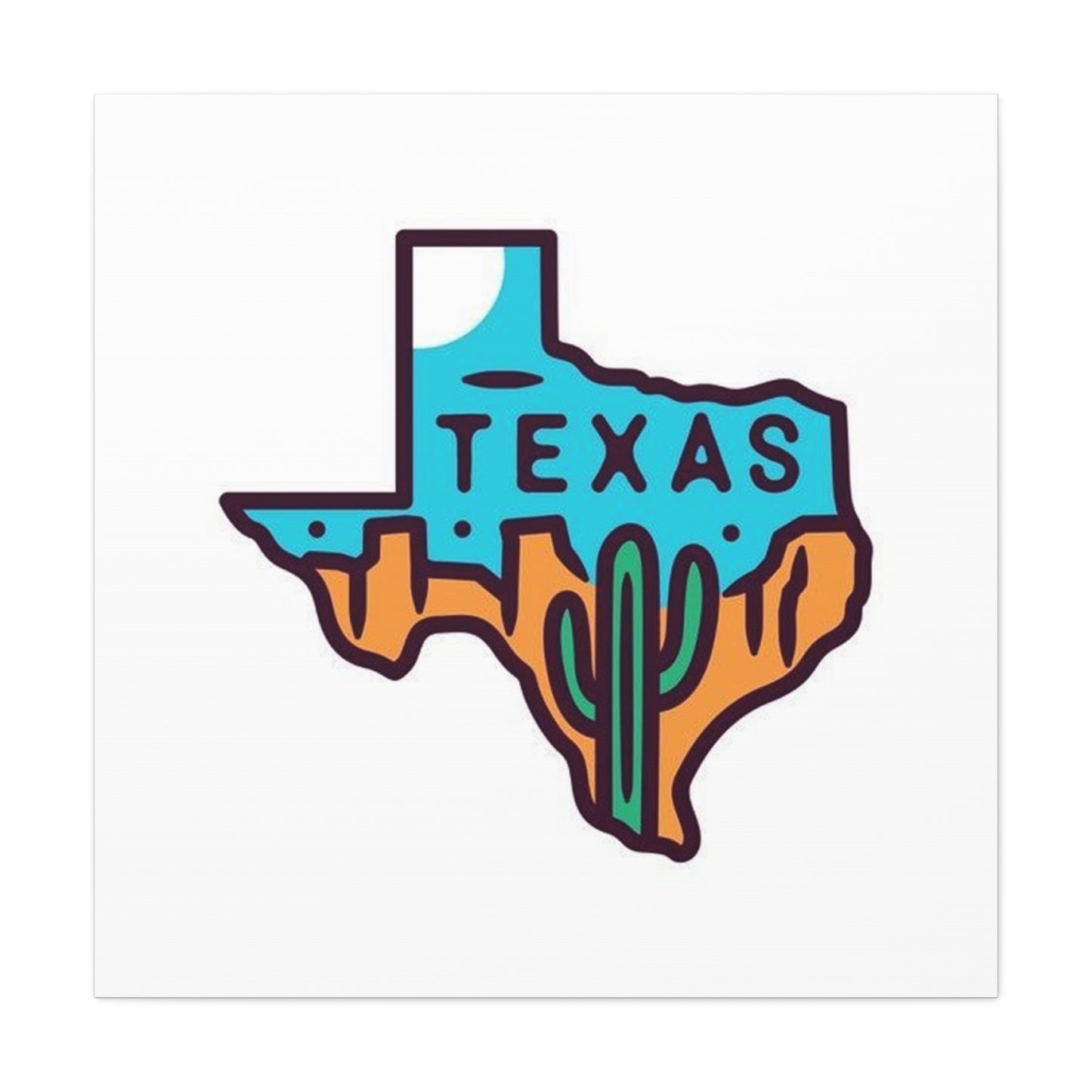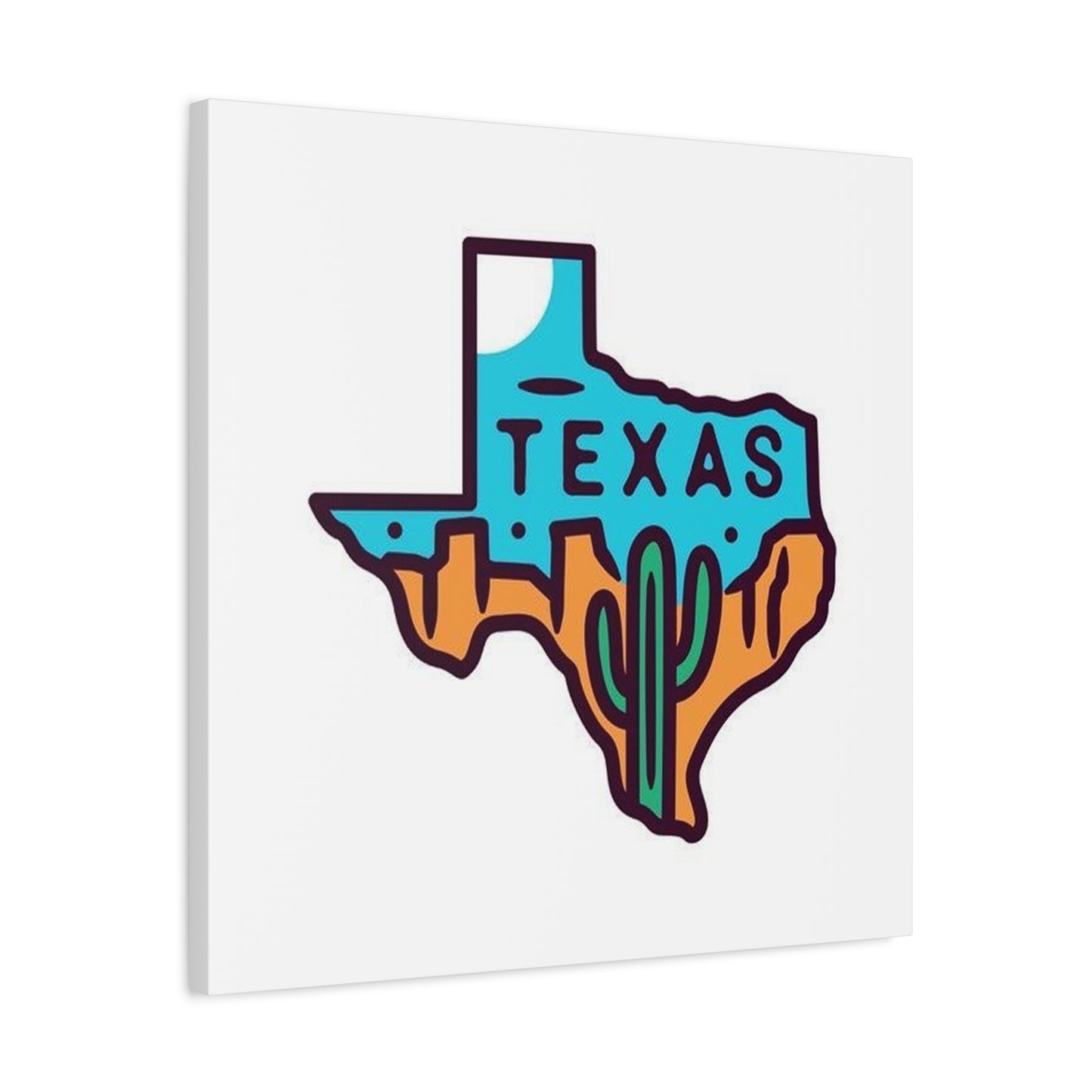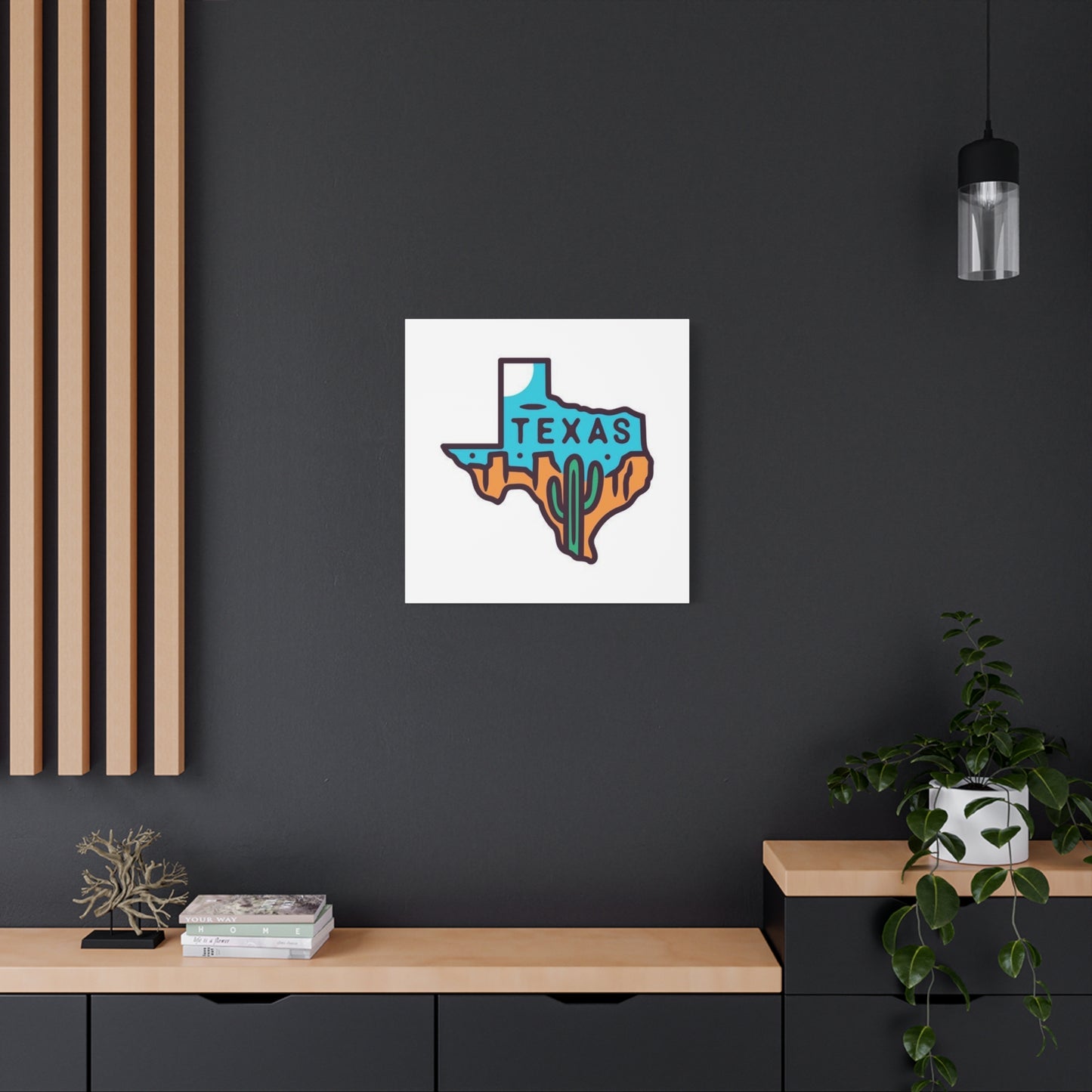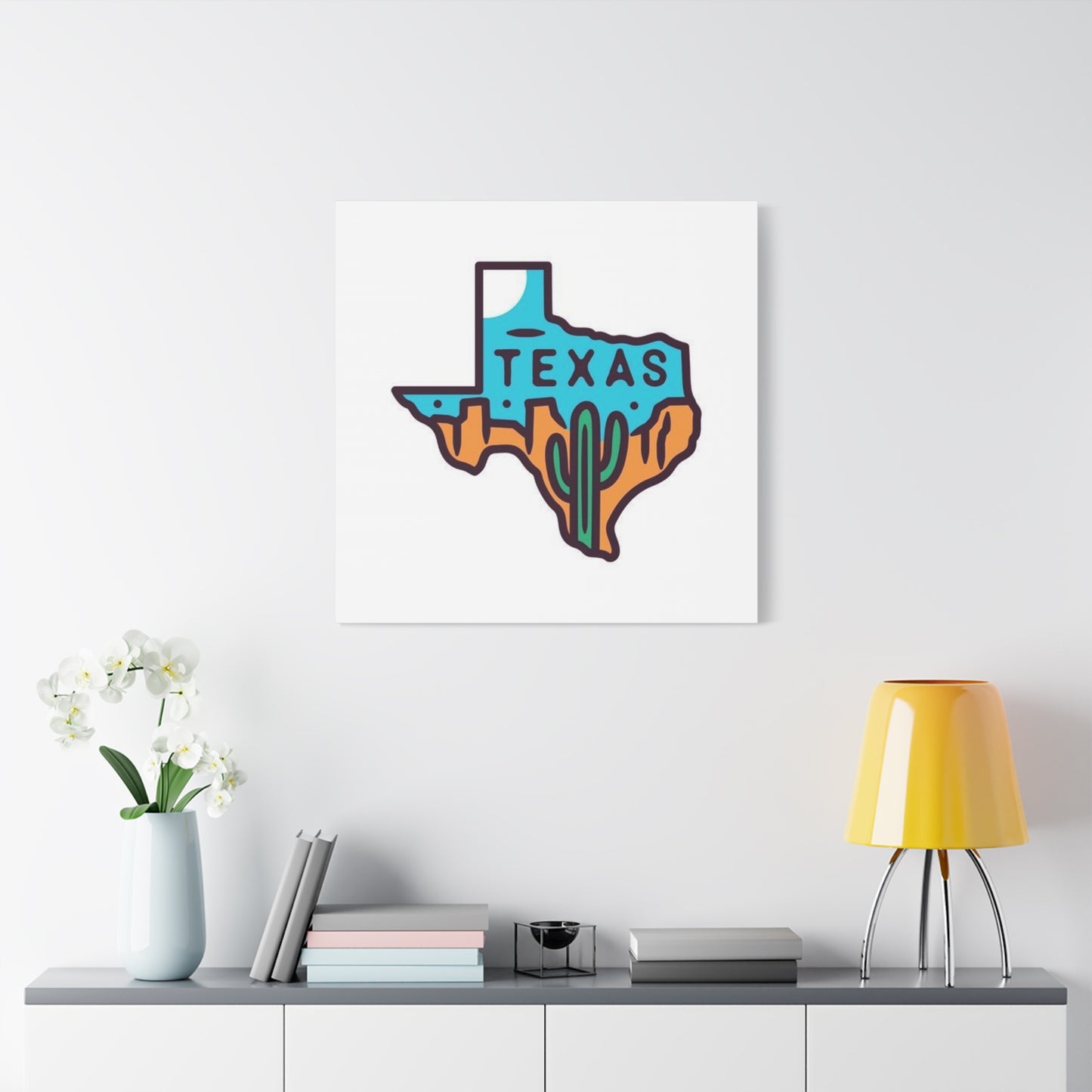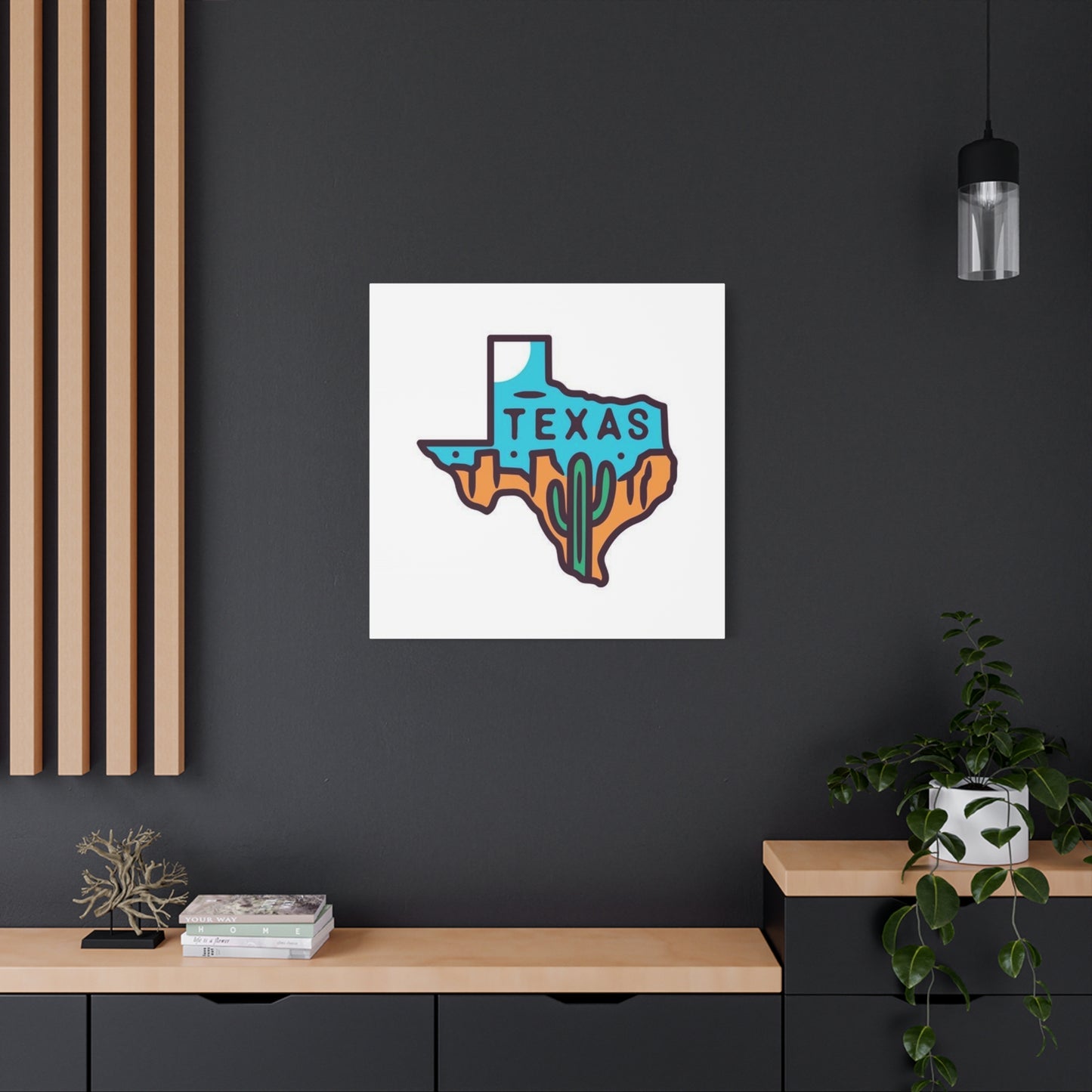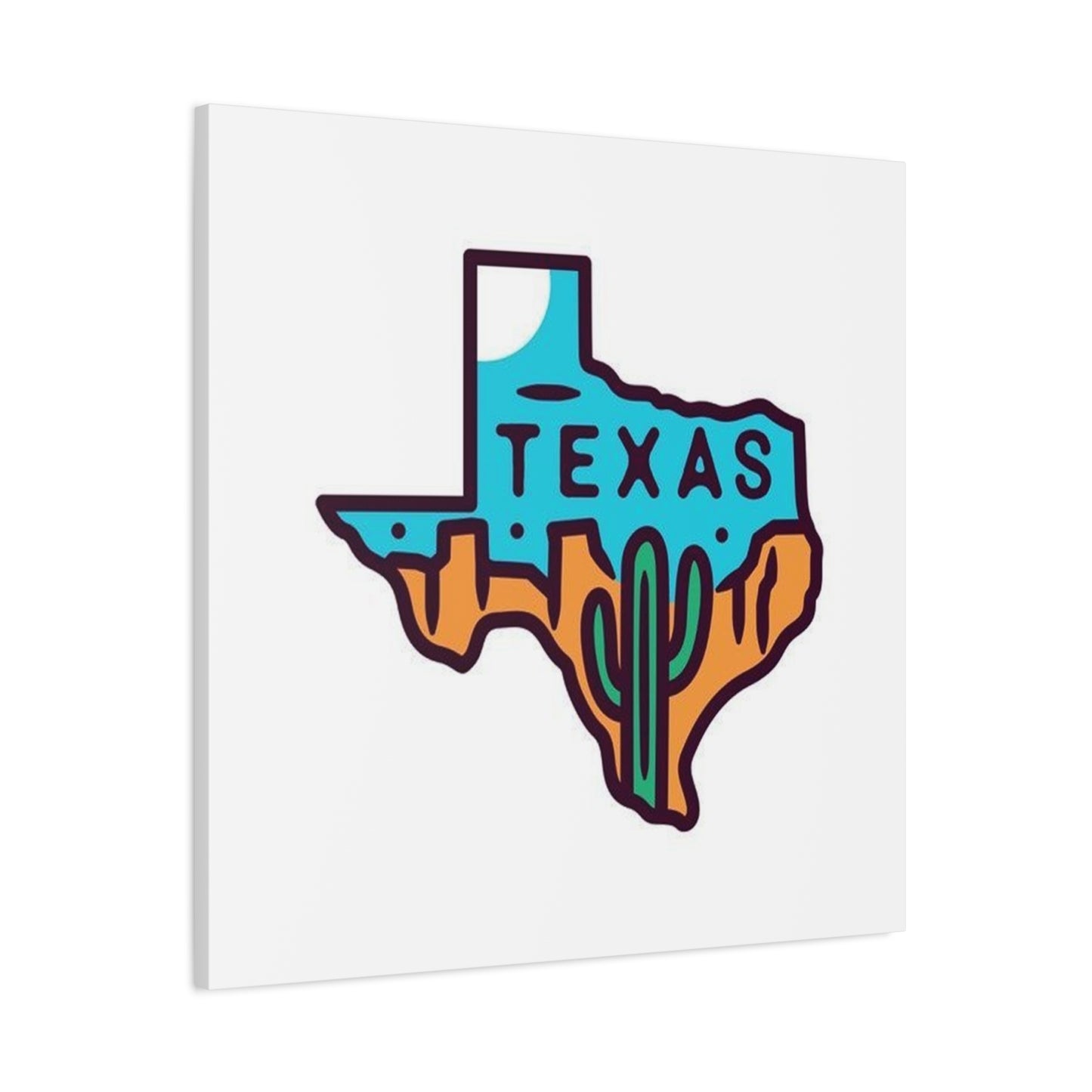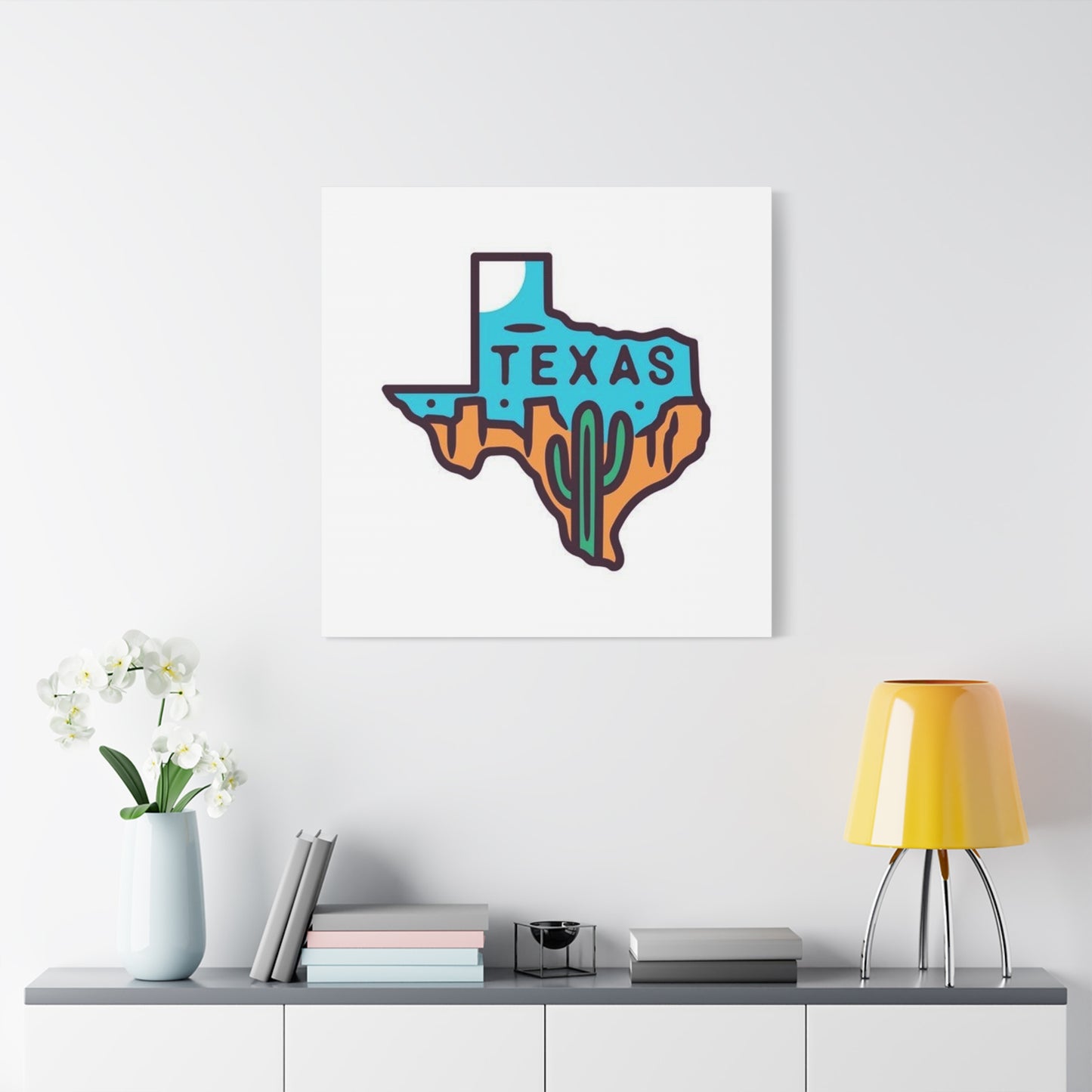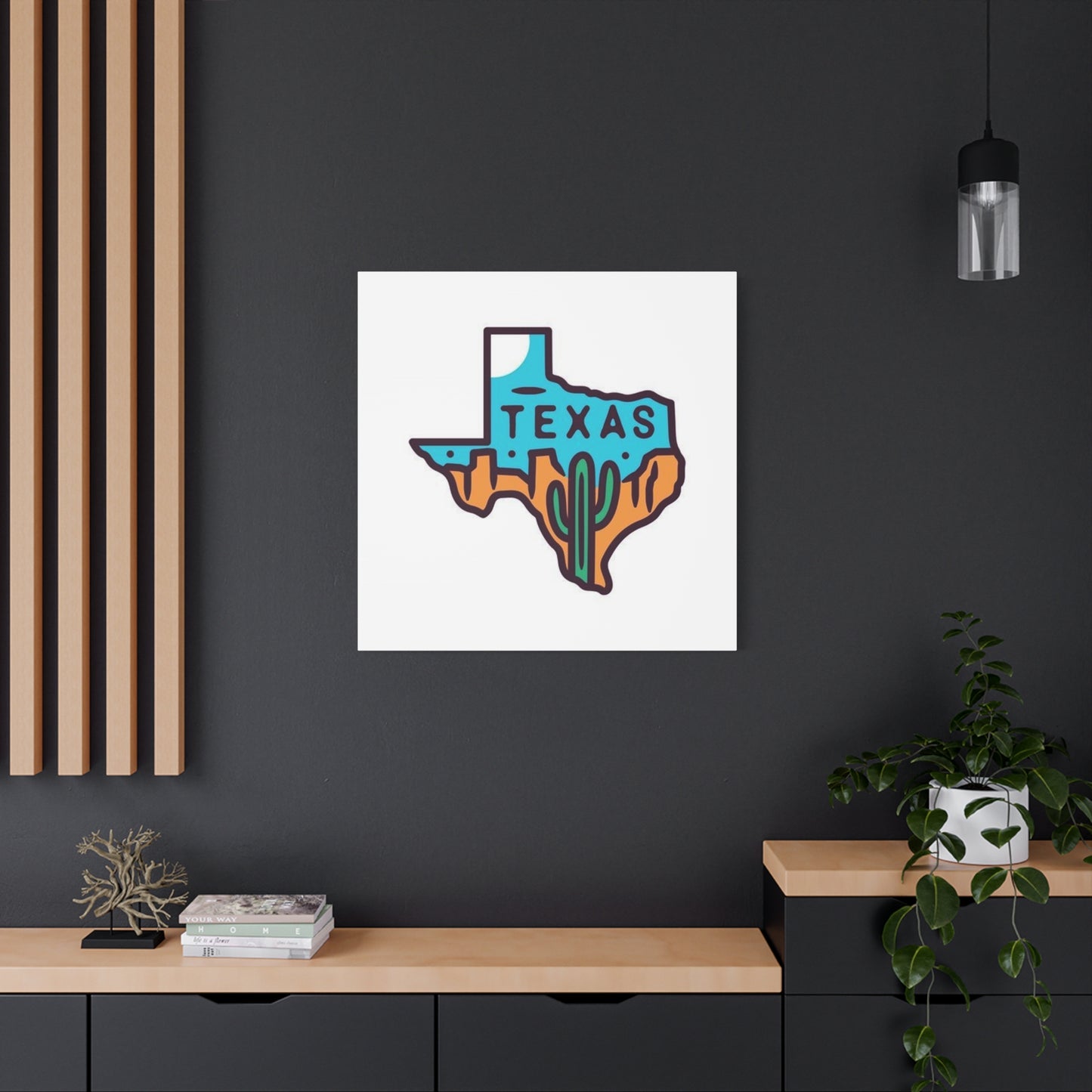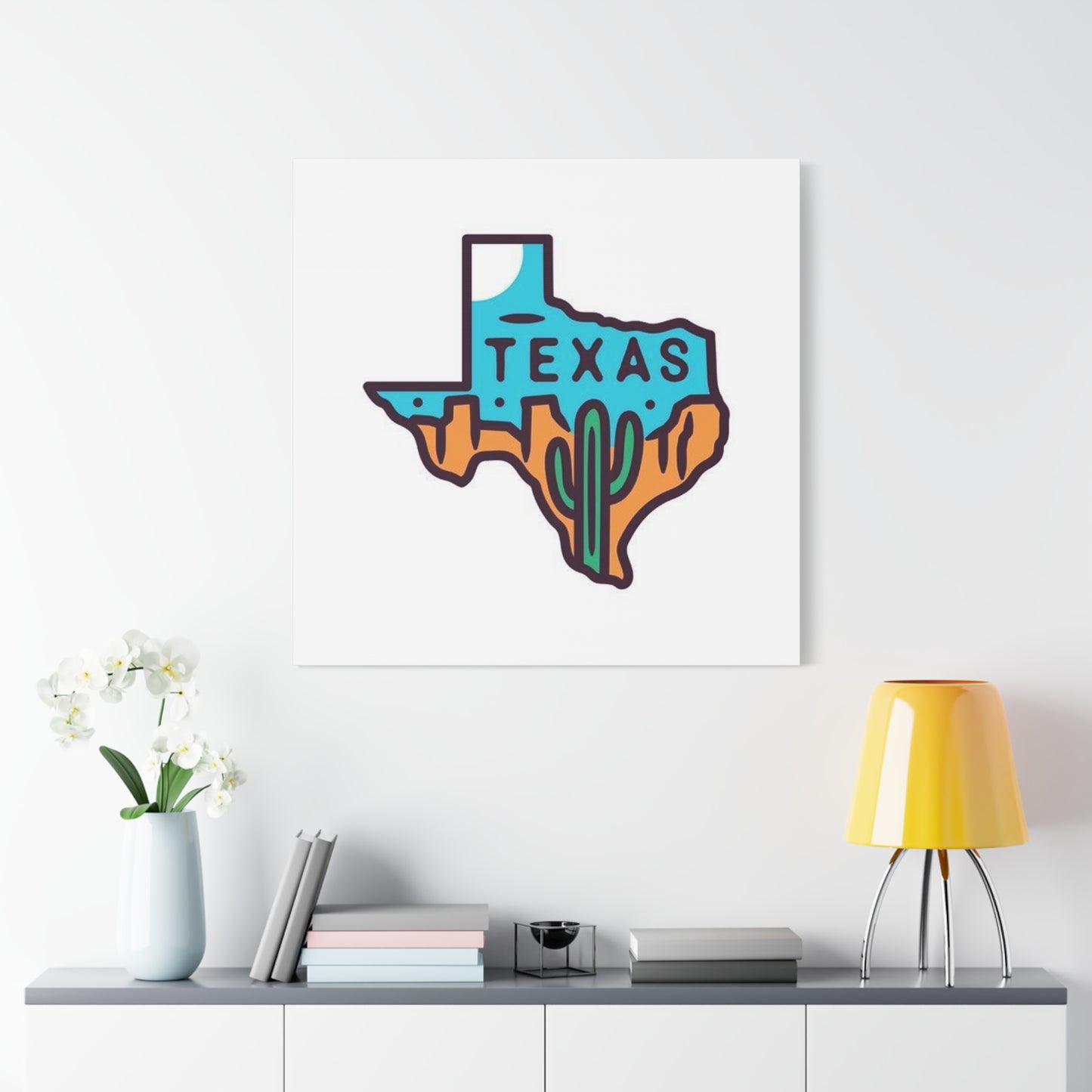Creative Ways to Decorate with Texas Map Drawing Posters Wall art: From Vintage to Modern Styles
Texas holds a special place in the hearts of millions, representing pride, heritage, and an unmistakable cultural identity. For residents and admirers of the Lone Star State, incorporating Texas-themed visual elements into home decor serves as a powerful expression of connection to this remarkable region. Map-based artwork featuring Texas geography has emerged as one of the most popular choices for those seeking to celebrate their roots or showcase their appreciation for this distinctive state.
The appeal of Texas map artwork extends far beyond simple decoration. These pieces serve as conversation starters, educational tools, and meaningful representations of personal history. Whether you grew up exploring the vast plains of West Texas, spent summers along the Gulf Coast, or call one of the bustling metropolitan areas home, displaying Texas cartography in your living environment creates an immediate sense of belonging and regional pride.
Map-based wall decorations offer remarkable versatility in design aesthetics. From vintage-inspired renditions that evoke the spirit of early exploration to contemporary minimalist interpretations that emphasize clean lines and modern sensibilities, Texas map artwork adapts seamlessly to virtually any interior design scheme. The geographical outline of Texas itself provides an instantly recognizable silhouette that commands attention without overwhelming surrounding decor elements.
This comprehensive exploration delves into the multifaceted world of Texas map artwork, examining everything from placement strategies and styling approaches to the deeper cultural significance these pieces carry. Whether you're furnishing a new home, refreshing existing spaces, or searching for the perfect gift for a Texas enthusiast, understanding the nuances of selecting and displaying cartographic art will help you make choices that resonate on both aesthetic and emotional levels.
Selecting the Perfect Texas Map Artwork for Your Space
Choosing the right Texas map artwork requires careful consideration of multiple factors that influence both visual impact and personal satisfaction. The size of the piece stands as the first critical decision point. Large-scale artwork spanning several feet creates dramatic focal points suitable for expansive walls in living rooms, dining areas, or office spaces. These substantial pieces command attention and can anchor entire room designs, providing a foundation around which other decorative elements revolve.
Medium-sized options offer flexibility for various applications, fitting comfortably above furniture pieces like sofas, consoles, or beds without dominating the visual field. These dimensions work particularly well in spaces where you want the Texas map to contribute meaningfully to the overall aesthetic without overshadowing other cherished items or architectural features. Smaller representations find their niche in gallery wall arrangements, office settings, or intimate spaces like reading nooks and hallways where concentrated visual interest enhances the environment.
The artistic style dramatically affects how Texas map artwork integrates with existing decor. Vintage cartographic styles featuring aged paper textures, sepia tones, and historical annotations appeal to those drawn to nostalgia and traditional aesthetics. These renditions often include period-appropriate typography, compass roses, and decorative borders that transport viewers to earlier eras of American expansion and exploration. Such pieces complement spaces furnished with antiques, reclaimed wood, and classic design elements.
Contemporary interpretations embrace minimalism, often presenting the Texas outline as a simple silhouette against contrasting backgrounds. These modern approaches utilize bold color palettes, geometric precision, and clean compositions that align with current design trends favoring simplicity and visual clarity. Abstract variations introduce artistic interpretation through unexpected color combinations, textured applications, or deconstructed geographical representations that blur the line between map and pure art form.
Detailed topographical representations showcase the diverse terrain characterizing Texas geography, from the mountains of far West Texas to the coastal plains along the Gulf of Mexico. These scientifically informed pieces appeal to geography enthusiasts, educators, and those who appreciate the educational dimension artwork can provide. Elevation changes, river systems, and regional boundaries receive emphasis, creating visually complex pieces that reward extended viewing and contemplation.
Color selection profoundly influences how Texas map artwork affects room ambiance. Neutral palettes featuring blacks, whites, grays, and earth tones provide versatility, complementing diverse color schemes without clashing with existing elements. These understated approaches allow the geographical form itself to carry visual weight while maintaining harmonious relationships with surrounding decor. Bold color choices inject energy and personality, with vibrant blues, reds, or multicolored renditions serving as statement pieces that energize spaces and reflect confident design sensibilities.
Material composition affects both appearance and durability. Canvas prints deliver texture and depth, with the woven surface adding tactile interest that enhances perceived value. The slight three-dimensional quality of stretched canvas creates subtle shadows that change with lighting conditions throughout the day. Paper prints offer crisp detail reproduction and broader artistic possibilities, though they typically require framing for protection and presentation. Metal prints introduce contemporary industrial aesthetics with their smooth surfaces and luminous quality, while wood-mounted options bring organic warmth and rustic character.
Frame selection deserves thoughtful attention as it significantly impacts overall presentation. Traditional wooden frames in various finishes from natural pine to dark walnut provide classic framing that suits most environments. Metal frames offer sleek modern alternatives, with options ranging from brushed aluminum to matte black or brass finishes. Floating frames create contemporary presentations where artwork appears suspended within the frame structure, adding dimensional interest. Some prefer frameless presentations, particularly with canvas or metal prints, allowing the artwork itself to define boundaries without additional ornamentation.
Personal connection to specific Texas locations often guides selection. Maps highlighting particular cities, regions, or landmarks create opportunities for customization that deepens emotional resonance. A piece emphasizing Houston, Dallas, Austin, San Antonio, or smaller communities meaningful to your personal history transforms generic decoration into significant personal expression. Custom options incorporating specific addresses, coordinates, or text enhance this personalization, creating truly unique pieces that commemorate important places and moments.
Optimal Placement Strategies Throughout Your Home
Strategic placement maximizes the impact Texas map artwork delivers to your living environment. The living room typically serves as the primary social space where guests gather and families spend quality time together, making it an ideal location for statement pieces. Above the sofa represents the most traditional placement, creating a clear focal point that draws eyes upon entering the room. This position requires careful size consideration, with artwork generally spanning two-thirds to three-quarters of the furniture width beneath it to maintain visual balance.
Alternatively, positioning Texas map artwork on the wall opposite the main seating area ensures visibility during conversation and entertainment activities. This placement works particularly well with television walls, where the artwork can occupy the space above media equipment or alongside it in a thoughtfully composed arrangement. Corner placements utilize often-neglected spaces, particularly effective when paired with accent furniture like reading chairs or decorative tables that create cohesive vignettes.
Dining spaces benefit from the conversational nature of map artwork. Positioning pieces above buffets, sideboards, or serving stations adds visual interest at eye level when standing, while placement directly on the main dining wall creates ambiance during meals. The educational and conversational aspects of cartographic art prove especially valuable in dining contexts, where gatherings naturally involve discussion and storytelling. Family meals become opportunities to share memories associated with different Texas locations or discuss geographical features represented in the artwork.
Bedroom applications demand consideration of the room's primary function as a restful retreat. Above the headboard stands as the conventional choice, creating a personalized backdrop for the sleeping area that reinforces connection to Texas heritage. This placement should maintain appropriate scale, neither dwarfing the bed nor appearing lost on an expansive wall. Alternative bedroom placements include accent walls opposite the bed, providing something meaningful to view upon waking, or alongside windows where natural light enhances the artwork throughout the day.
Home offices and study spaces particularly suit Texas map artwork due to the professional yet personal statement these pieces convey. Behind desk areas, the artwork becomes part of your visual presence during video conferences, subtly communicating regional identity to colleagues and clients. This placement also provides inspiration and grounding during long work sessions, serving as a visual reminder of the broader context beyond immediate tasks. Opposite the desk, the artwork offers a focal point during moments of contemplation or when stepping back from computer screens.
Entryways and foyer spaces create powerful first impressions, making them strategic locations for welcoming artwork that immediately establishes the home's character. Texas map pieces in these transitional zones announce regional pride from the moment visitors cross the threshold. Practical considerations include ensuring adequate lighting to showcase the artwork properly and selecting sizes appropriate to often-compressed entry dimensions. Console tables, benches, or decorative elements beneath the artwork help ground the composition and provide functional benefits.
Hallway galleries transform utilitarian passage spaces into curated experiences. Multiple Texas map variations arranged in sequence create visual narratives exploring different artistic interpretations or historical periods. These gallery arrangements work best with consistent framing or a carefully planned mix that maintains cohesion through color, style, or size relationships. Proper spacing between pieces prevents visual crowding while maintaining enough proximity to read as a unified collection rather than isolated elements.
Kitchen spaces increasingly incorporate decorative elements beyond purely functional considerations. Open-concept layouts that merge kitchens with living areas create opportunities for Texas map artwork to bridge these zones, reinforcing design continuity throughout interconnected spaces. Breakfast nook walls, spaces above kitchen desks, or areas adjacent to dining tables work well for smaller to medium-sized pieces that add personality without interfering with kitchen operations.
Stairwell walls present unique opportunities and challenges. The ascending sightlines create dynamic viewing angles where artwork reveals itself gradually as you climb or descend. Arranging multiple pieces in configurations that follow the stairs' diagonal creates visual flow that complements the architectural movement. Alternatively, a single large piece positioned at the landing becomes a destination point that rewards the climb with impressive visual impact.
Children's rooms and play spaces benefit from Texas map artwork as both decoration and educational resource. Age-appropriate designs featuring bright colors, simplified geography, or interactive elements combine aesthetic appeal with learning opportunities. These pieces help young Texans develop geographical awareness and state pride from early ages, creating positive associations with their home region. Placement at child height makes the artwork more accessible and engaging for younger viewers.
Incorporating Texas Map Art into Various Design Styles
Texas map artwork demonstrates remarkable adaptability across diverse interior design aesthetics. Understanding how to integrate these pieces within different stylistic frameworks ensures cohesive results that enhance rather than disrupt existing decor schemes. Rustic and farmhouse aesthetics naturally complement Texas themes, with the state's ranching heritage and wide-open spaces aligning perfectly with these popular styles. Distressed wood frames, vintage map styles, and earth-tone palettes reinforce the organic, grounded feeling these approaches cultivate.
Within rustic settings, Texas map artwork pairs beautifully with reclaimed wood furniture, exposed beams, shiplap walls, and other architectural elements that celebrate natural materials and craftsmanship. The worn, weathered appearance of vintage cartographic styles echoes the patina of aged wood and metal accents common in farmhouse decor. Incorporating map artwork into gallery walls alongside other rustic elements like antique tools, livestock imagery, or agricultural scenes creates layered, story-rich compositions that feel collected over time rather than purchased all at once.
Modern and contemporary spaces might initially seem incompatible with map artwork, yet thoughtful selection yields striking results. Minimalist Texas outline prints in monochromatic palettes complement the clean lines and uncluttered surfaces defining modern design. Abstract interpretations that deconstruct traditional cartography into geometric shapes or color fields bridge the gap between representational art and the pure form modern aesthetics favor. Frameless presentations or sleek metal frames maintain the crisp, refined quality contemporary spaces demand.
The key to successfully incorporating Texas map artwork in modern settings lies in treating the piece as sculpture or architectural element rather than traditional decoration. Large-scale installations that span entire walls create the kind of bold, confident statements modern design celebrates. Metallic finishes, high-gloss surfaces, and precise edges ensure the artwork reads as intentional and sophisticated rather than sentimental or nostalgic.
Industrial aesthetics characterized by exposed brick, metal fixtures, and urban textures find natural partners in certain Texas map presentations. Metal prints with their smooth, reflective surfaces and contemporary production methods align with industrial sensibilities. Raw steel frames or mounting systems that expose hardware rather than concealing it reinforce the honest, utilitarian philosophy underlying industrial design. Color palettes emphasizing grays, blacks, and metallic tones maintain consistency with the typically restrained industrial color approach.
Positioning Texas map artwork against brick walls or alongside metal shelving units creates pleasing contrasts between the organic geographical forms and hard-edged architectural elements. The combination of rugged materials and refined cartographic art mirrors the juxtaposition of old and new that defines successful industrial spaces. Incorporating vintage map styles adds historical depth that complements the repurposed warehouse or factory settings often inspiring industrial aesthetics.
Traditional and classic interiors accommodate Texas map artwork when selections emphasize historical accuracy, refined execution, and formal presentation. Antique maps or high-quality reproductions of historical cartography fit naturally among other traditional decor elements like oriental rugs, dark wood furniture, and classic artwork. Substantial wooden frames with ornate detailing or gilt finishes elevate map artwork to the level of fine art appropriate for formal settings.
Within traditional spaces, Texas map artwork contributes to the layered, collected appearance these styles cultivate. Positioning cartographic pieces among family portraits, landscape paintings, and other wall art creates balanced, sophisticated compositions. The educational and historical aspects of map artwork appeal to the traditional emphasis on heritage, continuity, and regional identity. Proper lighting using picture lights or accent fixtures treats the artwork with the respect traditional design accords important pieces.
Eclectic and bohemian approaches embrace the mixing of diverse styles, periods, and cultural influences, providing perhaps the most freedom for Texas map artwork integration. These unconstrained aesthetics allow for playful combinations of vintage and modern map styles, unexpected color choices, and creative arrangements that would feel too adventurous in more disciplined design schemes. Gallery walls mixing Texas maps with travel photography, textiles, mirrors, and various art forms exemplify the collected, personal quality bohemian spaces strive for.
The relaxed, rule-breaking nature of eclectic design permits experimentation with unconventional placements, asymmetrical arrangements, and mixing frame styles that creates visual interest through intentional imperfection. Texas map artwork becomes one voice in a chorus of decorative elements, each contributing to an overall impression of creative confidence and individual expression. Bold color choices and artistic interpretations that might overwhelm in other contexts find comfortable homes within eclectic schemes.
Coastal and nautical themes naturally incorporate map elements, with cartography forming part of the navigational tradition these styles reference. Texas Gulf Coast maps specifically connect to maritime heritage, showing barrier islands, ports, and coastal features. Blue and white color schemes typical of coastal decor pair beautifully with aquatic-toned map artwork. Rope details, weathered wood frames, and incorporation of compass roses strengthen the nautical connection.
Even in landlocked areas far from Texas shores, coastal-styled Texas map artwork can work within broader beach or lake house aesthetics by emphasizing the state's connection to water. The relaxed, vacation-inspired mood coastal styles cultivate welcomes the conversational, memory-evoking qualities map artwork provides. Combining Texas cartography with shell collections, driftwood pieces, and ocean photography creates cohesive compositions celebrating both specific geography and broader coastal living ideals.
Creating Gallery Wall Arrangements with Texas Map Artwork
Gallery walls transform single decorative pieces into curated collections that make powerful visual statements while showcasing personality and interests. Incorporating Texas map artwork into these arrangements creates focal points within larger compositions or serves as the unifying theme around which other elements revolve. Successful gallery walls require planning to achieve balanced, intentional appearances rather than haphazard clustering.
Beginning with the Texas map piece as the anchor establishes clear compositional hierarchy. Typically, the largest or most visually commanding item occupies the central or most prominent position, with additional pieces arranged around it in supportive roles. This approach ensures the Texas map receives appropriate emphasis while benefiting from the context surrounding pieces provide. Alternative arrangements treat all elements more equally, creating democratic compositions where the Texas map contributes to an overall effect rather than dominating.
Determining the gallery wall layout before installation prevents multiple nail holes and allows for refinement of spacing and relationships. Creating paper templates matching frame dimensions enables experimentation with arrangements on the floor or temporarily taping configurations to the wall for evaluation. This planning phase reveals which arrangements feel balanced, how much spacing optimizes both individual piece visibility and overall cohesion, and whether the intended wall space adequately accommodates the complete composition.
Grid arrangements organize pieces in uniform rows and columns, creating orderly, structured presentations suited to modern and traditional aesthetics alike. This approach works best when all pieces share identical or similar frame sizes, maintaining the geometric precision grid layouts demand. Within grid structures, alternating Texas map artwork with complementary images creates rhythm and prevents monotony. The predictability of grid arrangements makes them relatively straightforward to execute while delivering sophisticated results.
Salon-style arrangements embrace controlled chaos, mixing frame sizes, orientations, and subject matter in dense, layered compositions. This traditional approach originated in art salons where paintings hung floor to ceiling in every available space. Modern interpretations typically maintain some breathing room between pieces while preserving the abundant, collected quality defining the style. Texas map artwork in various sizes and styles can anchor different zones within salon arrangements, creating multiple visual entry points that invite extended viewing.
The asymmetrical balance salon arrangements require demands careful attention to visual weight distribution. Larger, darker, or more detailed pieces carry more visual mass than smaller, lighter, or simpler ones. Distributing these heavier elements throughout the composition rather than concentrating them in one area maintains equilibrium even within seemingly random arrangements. Texas map artwork frequently serves as one of these heavier pieces, helping balance lighter elements like photographs or text-based prints.
Linear arrangements organize pieces along horizontal or vertical axes, creating clean, contemporary presentations that work particularly well in hallways, above furniture, or in spaces where traditional gallery walls might feel too busy. Horizontal rows of same-sized frames establish orderly progressions ideal for showing variations on the Texas map theme across different artistic styles, historical periods, or color treatments. These arrangements complement modern aesthetics while remaining accessible to those who find more complex gallery walls overwhelming.
Vertical stacks create dramatic impact in spaces with limited width but adequate height, such as narrow wall sections flanking windows or doors. Arranging Texas map artwork vertically alongside related pieces guides the eye upward, making rooms feel taller while efficiently using available space. This approach works particularly well with portrait-oriented frames, though mixing orientations adds visual interest when done thoughtfully.
Incorporating three-dimensional elements adds depth and texture that pure wall art cannot achieve. Floating shelves integrated into gallery walls provide platforms for displaying Texas-related objects like vintage postcards, miniature state replicas, or regional artifacts that expand the storytelling beyond two-dimensional imagery. These dimensional additions break up the flatness inherent in wall-mounted frames, creating more dynamic, engaging compositions.
The interplay between positive space occupied by frames and negative space separating them dramatically affects gallery wall success. Overcrowding diminishes individual pieces, causing them to compete for attention rather than supporting each other. Excessive spacing creates disconnection, with pieces reading as isolated elements rather than unified collections. Optimal spacing typically ranges from two to six inches between frames, with adjustments based on frame sizes and overall arrangement density.
Color coordination unifies gallery walls, preventing them from appearing chaotic regardless of how many pieces they include. One approach matches all frames to a single finish, letting the artwork itself provide color variation. Alternatively, selecting artwork with complementary color palettes even when frames differ creates harmony through content rather than presentation. Texas map artwork with its inherently neutral geographical content often serves as a grounding element around which more colorful pieces can play.
Thematic coherence strengthens gallery walls beyond mere color matching. Collections focused entirely on Texas through maps, photography, vintage memorabilia, and typography create clear narratives that give viewers conceptual frameworks for understanding the arrangement. Broader themes like travel, geography, or heritage allow Texas map artwork to coexist with pieces referencing other locations or broader concepts while maintaining logical connections that prevent randomness.
Lighting Techniques to Showcase Texas Map Artwork
Proper illumination dramatically enhances artwork visibility, bringing out details and colors while establishing appropriate ambiance. Natural light offers the most appealing illumination quality, with daylight revealing true colors and subtle details artificial sources sometimes obscure. However, natural light presents challenges including variability throughout the day, seasonal changes, and potential for ultraviolet damage to artwork over extended periods.
When positioning Texas map artwork near windows, consider the intensity and angle of sunlight entering the space. Direct sunlight striking artwork causes fading, particularly affecting paper-based pieces and colored inks susceptible to UV degradation. Indirect natural light filtering through sheer curtains or coming from north-facing windows in the Northern Hemisphere provides gentler illumination that enhances artwork without causing damage. Rotating or repositioning occasionally exposed pieces periodically distributes any gradual fading across the entire piece rather than concentrating damage in constantly exposed areas.
Artificial lighting systems offer control and consistency natural light cannot match. Track lighting systems provide flexible solutions where individual fixtures adjust to illuminate multiple wall areas. This adaptability accommodates rearranging or adding artwork without requiring new electrical installations. Track lights equipped with dimmers enable mood adjustments and intensity modifications suitable for different times of day or activities. Positioning track fixtures at approximately thirty-degree angles to the wall minimizes glare while providing adequate illumination.
Picture lights mounted directly above frames deliver focused illumination specifically for the artwork they illuminate. These dedicated fixtures create gallery-quality presentations that elevate artwork to fine art status. Picture lights come in various finishes matching frame colors or room hardware, with options for hardwired installation or plug-in convenience. LED picture lights provide energy efficiency and generate minimal heat, important for artwork preservation. The downward beam angle picture lights produce emphasizes texture in canvas or metal prints while preventing glare on glass-covered pieces.
Accent lighting through strategically placed spotlights or can lights draws attention to Texas map artwork while contributing to overall room lighting design. Recessed ceiling lights equipped with adjustable trim direct beams precisely where desired. Wall-washing techniques using multiple light sources create even illumination across entire wall sections, suitable when Texas map artwork forms part of larger gallery arrangements. These approaches integrate artwork lighting into comprehensive room lighting plans rather than treating it as an afterthought.
LED strip lighting offers contemporary solutions particularly effective for floating shelves or frameless presentations. Adhesive-backed strips mount easily behind or beneath artwork, creating halo effects or uplighting that emphasizes pieces without visible fixtures. Color-temperature adjustable LED strips allow shifting between warm and cool light matching different moods or times of day. These low-profile systems suit modern aesthetics while providing surprising illumination power from compact formats.
Light temperature selection affects how colors in Texas map artwork appear and influences room ambiance. Warm white light between 2700K and 3000K creates cozy, inviting atmospheres particularly suitable for living spaces and bedrooms. This temperature flatters skin tones and wood finishes while softening the appearance of artwork. Cool white light between 4000K and 5000K approximates daylight, showing colors more accurately and creating energizing effects appropriate for offices or task-oriented spaces. Neutral white around 3500K balances warmth and clarity, providing versatile illumination suitable for most residential applications.
Avoiding glare preserves artwork visibility and viewer comfort. Glossy protective glazing, reflective metal prints, or high-sheen finishes bounce light directly back toward viewers, creating bright spots that obscure content. Positioning light sources at angles rather than directly opposite viewing positions minimizes reflection. Non-reflective or anti-glare glazing options reduce problems with glass-covered artwork while providing protection. Matte finishes on artwork itself eliminate reflection issues, though they may slightly reduce color vibrancy compared to glossy alternatives.
Accent lighting shouldn't overwhelm spaces or consume excessive energy. Balancing artwork emphasis with overall room lighting prevents creating spotlight effects that feel theatrical rather than residential. Layered lighting systems combining ambient general illumination, task lighting for specific activities, and accent lighting for artwork and architectural features create the most successful environments. Texas map artwork receives appropriate attention without dominating the entire lighting scheme.
Smart lighting systems enable programming scenes that adjust illumination throughout the day or for different activities. Morning settings might emphasize natural light supplementation, evening configurations create ambient moods, and entertainment modes reduce artwork lighting to prevent distractions from screens or conversations. Voice control and smartphone apps make these adjustments effortless, encouraging regular engagement with lighting systems rather than setting them once and never modifying them.
Seasonal and Temporary Display Ideas
While Texas map artwork often serves as permanent fixtures, creative approaches to seasonal display add variety and keep spaces feeling fresh. Rotation strategies prevent viewer fatigue by periodically introducing different pieces or arrangements even when maintaining the Texas theme throughout. This approach works particularly well for collectors with multiple Texas map variations who want to enjoy all their pieces without displaying them simultaneously.
Holiday-specific decorations integrate beautifully with Texas map artwork. During winter holidays, surrounding the map with evergreen garlands, string lights, or ornaments creates festive presentations that maintain year-round decorative investments. Spring celebrations might incorporate bluebonnet accents or fresh flower arrangements that reference Texas state symbols. Independence Day presents obvious opportunities for patriotic decorations that complement Texas pride, with red, white, and blue accents reinforcing both national and state identities.
Seasonal color palette adjustments achieved through easily changed accent pieces keep rooms feeling current without requiring artwork replacement. Throw pillows, blankets, or small decorative objects in seasonal colors arranged near Texas map artwork create cohesive schemes that shift with the calendar. Autumn's warm oranges and browns, winter's cool blues and silvers, spring's fresh greens and pastels, and summer's vibrant brights all work with the neutral foundation most Texas map artwork provides.
Temporary installations for special occasions like Texas Independence Day celebrations, Super Bowl parties when Texas teams compete, or graduation parties for students attending Texas universities emphasize specific Texas connections. Creating dedicated display areas with multiple Texas-themed elements including maps, flags, photographs, and memorabilia transforms ordinary parties into themed experiences. These temporary arrangements can explore bolder, more concentrated Texas expressions than everyday decor might accommodate.
Portable display systems enable moving Texas map artwork between rooms or homes. Easels provide freestanding support suitable for floor placement in any location with adequate space. This flexibility allows highlighting artwork during specific occasions then storing it afterward. Picture ledges or floating shelves facilitate easy swapping of displayed pieces, with seasonal or mood-based rotations requiring just minutes to execute. Families with multiple residences appreciate this mobility, bringing favorite Texas map pieces between locations as desired.
Incorporating Texas map artwork into children's birthday parties, especially those with Texas or Western themes, creates immersive environments. Large map prints can serve as activity stations where young guests mark their hometowns or places they've visited. Educational party activities might include geography games, trivia about Texas regions, or storytelling about state history using the map as a visual aid. These interactive approaches transform static decoration into engaging entertainment.
Temporary outdoor displays extend living spaces during favorable weather while showcasing Texas pride during gatherings. Weather-resistant prints or protected original pieces can enhance patios, porches, or outdoor entertainment areas. Creating covered display zones prevents direct weather exposure while allowing guests to enjoy artwork in open-air settings. End-of-season removal for indoor storage protects pieces while allowing seasonal enjoyment.
Anniversary celebrations marking years in Texas or significant life events connected to specific locations within the state benefit from temporary expansive displays. Gallery walls specifically created for anniversary parties might include the Texas map alongside photographs from throughout the years marking the journey. Guest books incorporated into these displays invite attendees to mark locations meaningful to their relationships with the celebrants, creating personalized, memory-rich presentations.
Texas Map Artwork as Educational Tools
Beyond decorative applications, Texas map artwork serves valuable educational purposes particularly in homes with children or learning-focused environments. Geography education begins with understanding one's immediate surroundings before expanding to broader contexts. Texas map artwork provides constant visual reinforcement of state geography, familiarizing children with regional shapes, city locations, and spatial relationships through regular exposure.
Interactive approaches transform static artwork into active learning tools. Dry-erase or chalkboard versions of Texas maps enable marking cities visited, locations where relatives live, or places mentioned in school lessons. These adaptable surfaces encourage regular engagement, with children developing ownership over the map as it fills with their personal geographical knowledge. Regular updates reflect growing awareness and provide visual records of expanding understanding.
Combining Texas map artwork with other educational materials creates comprehensive learning centers within homes. Shelves beneath or beside map displays can hold books about Texas history, geography texts, travel guides, or collections of state postcards. These resource clusters support research for school projects while encouraging independent exploration of topics piquing children's curiosity. The visual presence of the map serves as a constant invitation to engage with these materials.
Historical context layers add educational depth to Texas map artwork. Comparing contemporary maps with historical versions illustrates how boundaries, place names, and even geographical features have changed over time. Understanding that maps represent specific moments rather than permanent truths introduces critical thinking about how we represent and understand space. Displaying historical and modern maps together creates opportunities for comparative analysis and discussions about change over time.
Political geography becomes tangible through county-level Texas maps showing the 254 counties comprising the state. Learning county names, seats, and boundaries provides detailed understanding of Texas governmental structure. Quiz games where family members try to identify counties or locate specific cities on the map combine entertainment with education. This granular geographical knowledge benefits students in school competitions and standardized testing while developing general spatial reasoning.
Natural geography emphasis through topographical Texas maps teaches about terrain, elevation, water systems, and ecological zones. Children learn that Texas encompasses diverse environments from desert to forest, plains to coast, each supporting different plant and animal communities. Understanding these geographical variations provides context for lessons about state history, economy, and culture, all shaped significantly by underlying physical geography.
Economic geography connections help older children understand relationships between natural resources, geography, and economic development. Maps showing oil fields, agricultural regions, port locations, and major transportation routes illustrate how geography influences prosperity and settlement patterns. These insights support economics education, history lessons about state development, and current events understanding as news stories reference different Texas regions.
Cultural geography represented through maps highlighting different settlement patterns, cultural regions, and demographic distributions introduces concepts of human geography. Understanding that South Texas, East Texas, West Texas, and the Panhandle have distinct cultural characteristics shaped by different settlement histories and environmental conditions provides nuance to understanding state identity. This awareness combats oversimplified stereotypes while celebrating authentic regional diversity.
Map skills development through regular engagement with Texas cartography builds foundational abilities transferable to broader geographical study. Understanding scale, interpreting symbols, using compass directions, and reading legends become familiar through repeated exposure. These technical skills support academic success in geography, history, and science while developing general analytical abilities useful across disciplines.
Creating Custom and Personalized Texas Map Artwork
Customization elevates Texas map artwork from generic decoration to deeply personal expression that reflects individual stories and connections. Many artists and services now offer personalized options that incorporate specific elements meaningful to owners. Location highlighting represents the most common customization, emphasizing particular cities, towns, or even specific addresses within the broader Texas context. Heart symbols, stars, or color coding can mark significant places like birthplaces, wedding locations, or family homesteads.
Coordinate inclusion adds precise geographical specificity that appeals to those wanting technical accuracy alongside artistic presentation. Latitude and longitude coordinates for meaningful locations can appear as text elements integrated into the artwork design. Some couples commission coordinate art featuring the locations where they met, got engaged, and married, with Texas outline surrounding these numerical memories. This approach combines romantic sentimentality with geographical precision.
Text personalization allows adding names, dates, significant quotes, or meaningful phrases to Texas map artwork. Anniversary gifts might include wedding dates and couple names incorporated into the design. Family name artwork with established dates creates heirloom-quality pieces celebrating family history. Motivational quotes about Texas or personal mantras connected to state identity provide inspirational dimensions beyond pure cartography.
Color customization ensures Texas map artwork coordinates perfectly with existing room color schemes. While standard versions typically use broadly appealing palettes, custom options might match specific wall colors, furniture tones, or accent hues important to the owner. Providing paint swatches or color codes to artists enables precise matching that elevates coordination from approximate to exact. This attention to detail creates cohesive environments where every element feels intentionally selected rather than coincidentally compatible.
Artistic style preferences receive accommodation through custom commissions where artists interpret Texas geography through requested aesthetic approaches. Watercolor, pen and ink, woodcut-inspired, or digital illustration styles each bring unique character. Discussing artistic direction with commissioned artists ensures final pieces align with vision while benefiting from creative professionals' expertise. This collaboration often yields results exceeding what standard products offer while creating one-of-a-kind artwork nobody else owns.
Multi-location maps designed for families with members scattered across Texas create visual representations of relationships transcending distance. Lines connecting different cities might represent family networks, with each location marked and labeled. Migration maps showing moves throughout life within Texas tell personal history stories through geographical documentation. These narrative maps transform cartography into autobiography, celebrating journeys rather than just destinations.
Photographic integration combining personal images with Texas map elements creates hybrid artwork merging memory and geography. Photographs from various Texas locations can overlay corresponding map regions, creating collages that document experiences across the state. Transparent map overlays on landscape photographs tie specific memories to their geographical contexts. These combined approaches especially suit travel enthusiasts and photographers wanting to showcase their work within geographical frameworks.
Vintage recreation services can transform contemporary photographs or information into artwork appearing authentically aged. For those drawn to antique aesthetic but wanting to include modern personal information, artificially aged custom maps provide ideal solutions. Distressing techniques, period-appropriate fonts, and vintage color palettes create convincingly historical appearances while incorporating thoroughly contemporary content. These pieces satisfy both historical aesthetic preferences and personalization desires.
Children's artwork incorporation creates particularly meaningful custom pieces. Young artists' drawings of Texas, perhaps created in school geography lessons, can be professionally reproduced and enhanced for display. Handwritten city names or drawings of state symbols add precious personal elements that become even more valuable as children grow. These preserved creations celebrate both state connection and specific childhood moments.
Corporate customization serves businesses wanting to emphasize Texas identity or showcase service territories. Companies operating across Texas might commission maps highlighting office locations, service areas, or historical growth patterns. These business-focused pieces function simultaneously as office decoration, subtle marketing tools, and visual representations of organizational reach. Reception area displays or conference room artwork incorporating customized Texas maps communicate regional pride and business scope.
Caring for and Preserving Your Texas Map Artwork
Proper maintenance ensures Texas map artwork retains its appearance and value over many years. Understanding preservation basics helps prevent common damage types while maintaining display quality. Dust accumulation represents the most frequent concern, particularly for textured surfaces like canvas or unglazed artwork. Regular gentle cleaning using soft, dry microfiber cloths removes surface dust without abrading delicate surfaces or smearing inks.
For framed pieces with glass or acrylic glazing, standard glass cleaner applied to a cloth rather than directly on the surface prevents liquid from seeping behind glazing. Cleaning in gentle circular motions avoids streaking while lifting dust and fingerprints. Anti-static glass cleaning products reduce dust attraction, extending time between necessary cleanings. Avoiding ammonia-based cleaners near wooden frames prevents finish damage.
Canvas prints require particular care as textured surfaces trap dust while aggressive cleaning might damage printed surfaces. Soft brushes designed for artwork dusting work well for canvas, with gentle strokes following the weave direction. Compressed air in short bursts can dislodge dust from canvas texture without physical contact, though excessive pressure might disturb the surface. Professional canvas cleaning services handle seriously soiled pieces requiring more aggressive intervention than home maintenance provides.
Metal print care differs from traditional surfaces due to their smooth, durable nature. While metal withstands cleaning better than paper or canvas, abrasive materials should still be avoided to prevent scratching. Microfiber cloths with mild soap solutions work well for metal surfaces, with thorough drying preventing water spots. The inherent durability of metal prints makes them low-maintenance options for high-traffic areas where children or pets might contact artwork.
Wood-mounted prints combine characteristics of different materials, requiring appropriate care for both printed surfaces and wood substrates. Treating exposed wood edges with furniture polish or wood conditioning products prevents drying and cracking. Printed surfaces receive care appropriate to their finish type, whether paper, canvas, or direct printing on wood. Avoiding excessive moisture near wood prevents warping or expansion that might damage artwork.
Environmental control significantly impacts artwork longevity. Temperature and humidity fluctuations stress materials, causing expansion and contraction that eventually leads to damage. Maintaining stable indoor environments between sixty-five and seventy-five degrees Fahrenheit with relative humidity between forty and fifty percent provides optimal preservation conditions. While precise control isn't always possible in residential settings, avoiding extreme fluctuations and positioning artwork away from heating vents or air conditioning directly helps.
Ultraviolet light causes the most serious long-term damage to most artwork, gradually fading colors and degrading materials. UV-filtering glazing on framed pieces blocks harmful wavelengths while allowing visible light to pass, protecting artwork without affecting appearance. UV-protective sprays can treat unframed pieces, though professional application ensures proper coverage without creating uneven finishes. Window films on nearby windows reduce UV entering rooms while providing additional energy efficiency benefits.
Conclusion:
Decorating with Texas map drawing posters is an innovative way to celebrate the Lone Star State while adding a distinctive, personalized touch to your home. Whether you're drawn to the state’s storied history, vibrant cities, or vast landscapes, incorporating a Texas map into your wall art can transform your space and evoke a deep sense of pride. The beauty of Texas map art lies in its versatility—whether you prefer vintage charm, modern simplicity, or a more eclectic approach, there's a style to suit every taste and space.
For those who love nostalgia, vintage Texas map drawings can bring a sense of timelessness and classic charm to any room. These maps often feature intricate details, sepia tones, and ornate borders that evoke the early days of cartography. They can serve as both an artistic and historical tribute to the state's rich heritage. When paired with antique or rustic furniture, such as weathered wood tables or leather chairs, vintage Texas maps can create a warm, inviting atmosphere that feels steeped in tradition. Whether hanging in a study, living room, or hallway, these pieces give the space a sense of old-world elegance while celebrating the state’s deep roots.
For a more contemporary twist, modern Texas map drawings focus on clean lines, minimalistic design, and bold color choices. These maps often emphasize Texas' unique shape, allowing the artistry of the state’s outline to take center stage. Sleek, geometric lines and vibrant colors can turn a simple map into an eye-catching focal point in any room. In a minimalist or modern home, these maps are the perfect way to bring personality into the space without overwhelming the design. A black-and-white map, for instance, can work beautifully in a space with neutral tones, while a brightly colored map can add an element of fun and energy to a more subdued room.
Mixing vintage and modern elements is also a creative way to play with Texas map drawing posters in your decor. A mix of old and new can create a dynamic and layered space, where the elegance of a vintage map pairs with contemporary furniture or modern art pieces. By blending different design eras, you create a unique and personal environment that speaks to both your love for Texas and your creative sensibility.
In addition to being a striking design element, Texas map drawings also make meaningful conversation pieces. These maps can reflect personal connections to the state—whether it's your hometown, favorite cities, or cherished memories—and can bring a sense of belonging and identity to your living space. Whether you're decorating an office, a living room, or a bedroom, these maps serve as constant reminders of what makes Texas so special.
In conclusion, Texas map drawing posters offer endless possibilities for home decor, combining history, art, and modern style. Whether you lean towards vintage charm or prefer the sleekness of modern designs, these maps are the perfect way to show off your Texas pride while adding a distinctive flair to your space. With so many creative options, you can find the perfect piece that fits your style and makes a statement in your home.

















